Partial VIN
Partial VINS, also known as CONVIN (concealed VIN), Why are they used, at least by Chevrolet? One popular theory is early Corvettes, and possibly other really high-performance cars, had partial VINs stamped in 'hidden' locations that only law enforcement knew about to help recover stolen parts and/or cars that had their VINs changed. Whether this is true or not, since the hobby began rebuilding their cars from the ground up, these 'hidden' VINs were discovered.
Partial VINs (in at least 1964-1972 Chevelles which this page covers) typically consist of an 8- or 9-character stamping. According to sources transmissions were always stamped. High performance Chevelle engines typically have a partial VIN stamped somewhere on the engine block. Bodies started getting partial VINs in 1967, from the Atlanta plant, since Georgia required all vehicles built in the state have a partial VIN stamped in one or more locations. From 1968 on, partial VINs would be stamped on the firewall by the heater core area.
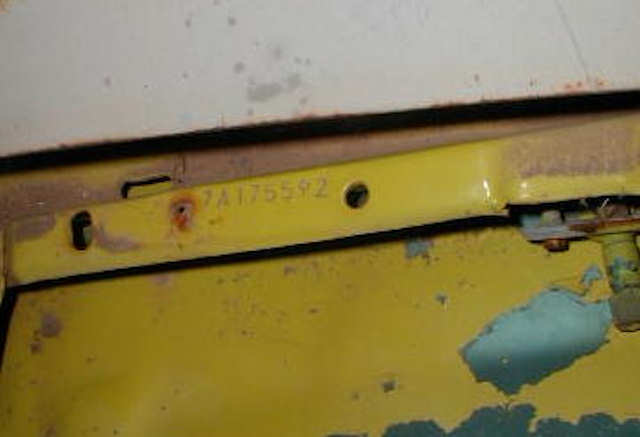
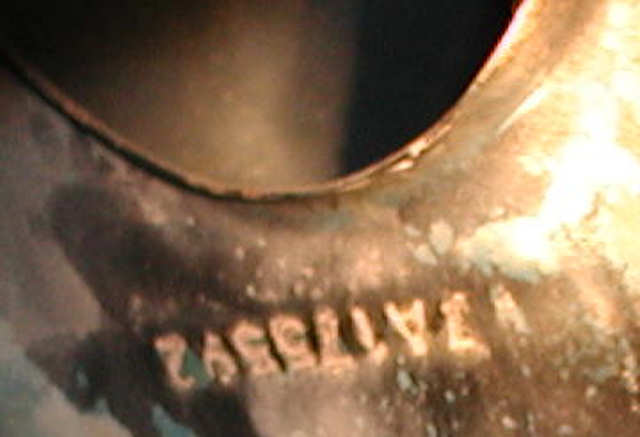
Atlanta is the only plant in 1967 that stamped a partial VIN on the
firewall and/or the windshield wiper area.


Partial VINS began on other Chevelle models in earnest in 1968. Fisher Body would stamp a partial VIN on the firewall behind the heater box.
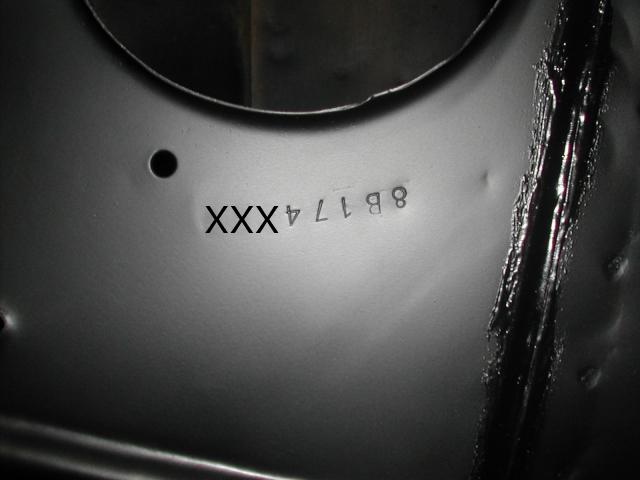
Partial VIN Locations Found On Chassis Frames

Typical CON VIN (a.k.a. partial VIN and VIN derivative) located on the driver side rear on top of the rail and very difficult to read except with a mirror. Generally, the manufacturer's ID and date code are on the outside of the rail and is visible. Remember the CON VIN will consist of the division (depending on the year), the model year, the final assembly plant and the six digits of the sequence number. For example, a typical CON VIN might read 19K345678 for a Chevrolet (1), 1969 (9), Kansas City assembly plant, and vehicle sequence 345678.
Other locations for the CON VIN stamping on frames reported are ...
It's been reported that partial VIN stampings on 1970 Chevelle frames
from KC are few and far between.
(1) driver side below door on top of frame on both 1964 and 1965 Chevelles;
1969 Fremont El Camino; 1966 Fremont El Camino (as well as 'typical'
location). One 1964 Van Nuys owner reports the entire VIN (45837Lxxxxxx
was found here).
(2) passenger side front inside of frame rail on 1970 El Camino.
(3) passenger side rear frame rail, both top and outside - 1970 Atlanta &
1970 Baltimore.
As more and/or different locations are reported, I'll update the photos and information.
Engine Partial VIN Stamp Locations
Most plants stamped their partial VIN on the engine pad in the early
years. In 1969, both Atlanta & Kansas City stamped their partial
VIN on the rough cast area by the oil filter.
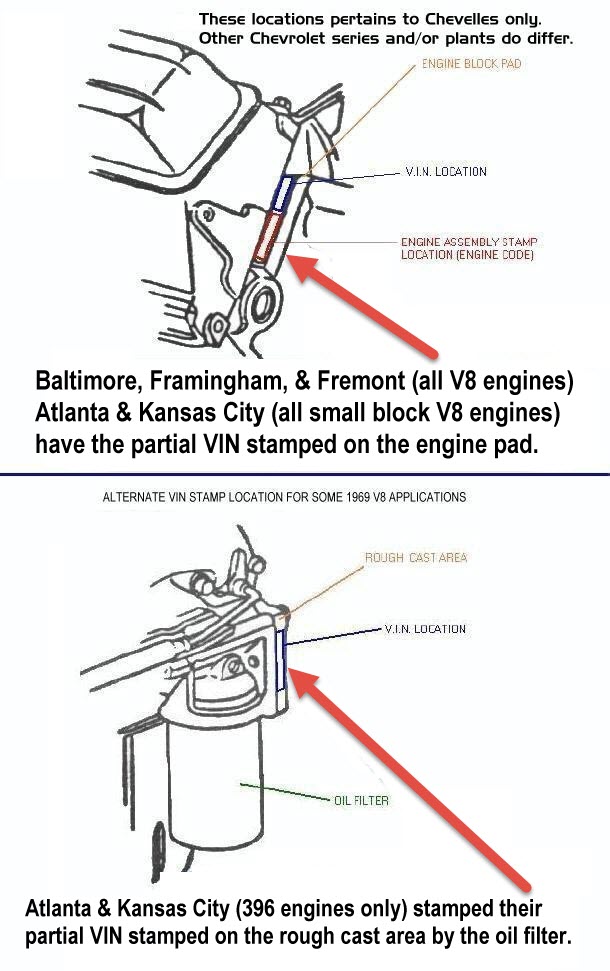
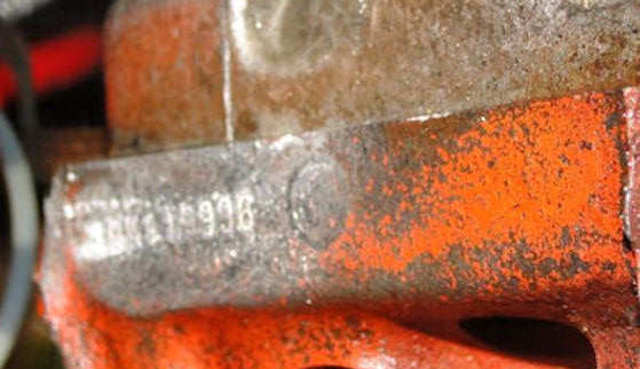
Due to the location and the pad not being a smooth surface, the partial
VIN is often hard to read.
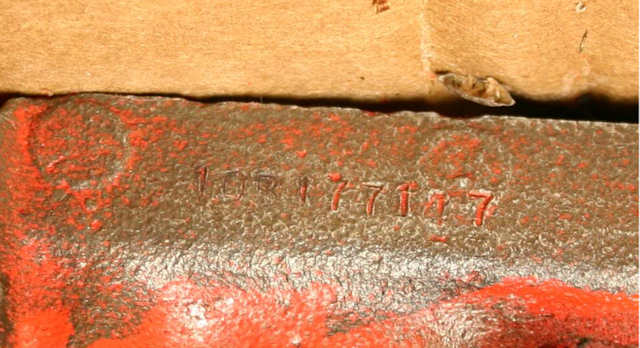
Baltimore has been known to stamp a partial VIN on this same rough cast
area in 1970 as well as on the engine pad and even on the top of the
bellhousing.

Up to the 1968 model year, the partial VIN stamp was often done a single
character at a time resulting in some stamps looking like just what
they were, stamped a character at a time.
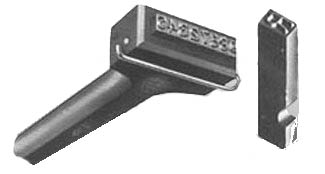
Beginning with the 1968 model year, assembly plants began using what's
called a 'gang stamp' that holds all of the characters so an even stamp
can be done. Also beginning with the 1968 model year, all Chevelle engines
were stamped.
Transmission Partial VIN Stamp Locations
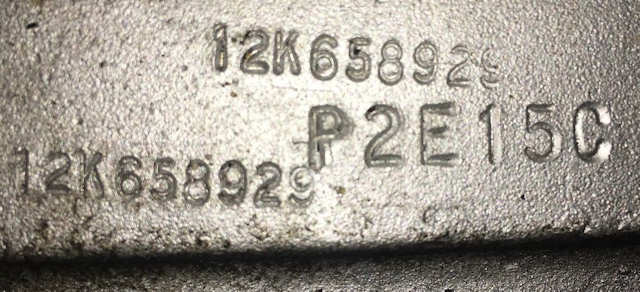
Muncie 4-speed transmissions typically have a partial VIN stamped on
the top ridge where it's nor readily readable without a mirror or removing
the transmission. Like all engine partial VIN stampings, it may or may
not include the 1st number "1" for Chevrolet; it may just
have the model year, assembly plant, and vehicle sequence number. The
example shown here is from a 1972 Chevelle built at the Kansas City
Leeds assembly plant. The P2E15C is the Muncie date and transmission
ID; "P" is Muncie, "2" is the model year (1972),
E15 is the build month and date for the transmission (May 15), and the
letter "C" indicates an M22 H.D. transmission.

The RPO M35 2-speed Powerglide transmission and the RP M38 3-speed TH350 are typically stamped on the passenger side of the bellhousing. the above example of 18B337xxx. The number "1" indicates a Chevrolet, "8" is the model year (1968), "B" is the Baltimore assembly plant, and"337xxx" the sequence number of the Chevelle.

The RPO M40 TH400 3-speed automatic transmission is typically stamped
on the driver side of the case just above the transmission oil pan.
Rear Quarter Panel
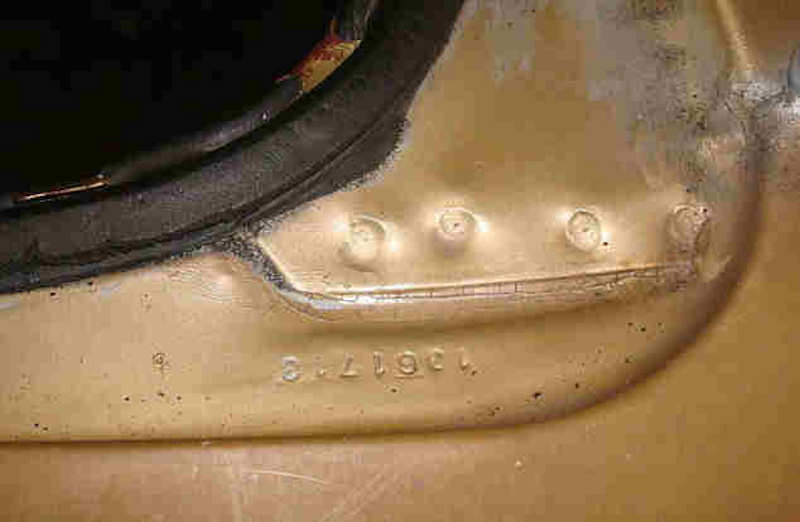
The stamping on the rear quarter panel in the trunk area is often mistaken
for a partial VIN, it is not. The numbers stamped are for the series,
i.e., Malibu in this case and the week of the stamping, 18 in this example
for April 24-30, 1966).
One might assume the 13617 is for a V8 Malibu sport coupe but the same
panel would be used for a 13517 I6 Malibu sport coupe.
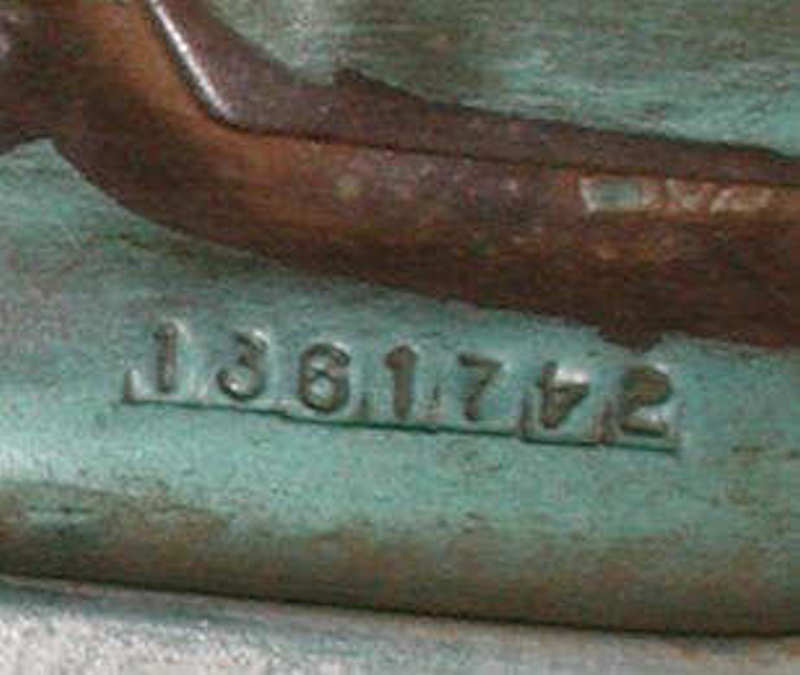
Examples have been found with numbers stamped incorrectly like the
image above. Note the number "4" is upside down; week 24 June 5-11,
1966.
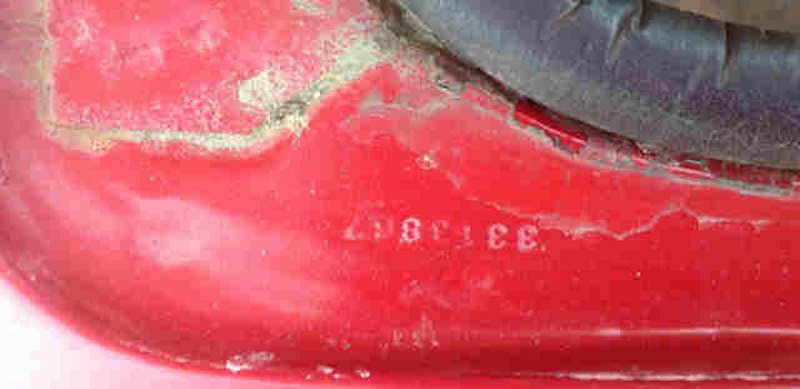
On this 1967 Chevelle example note that the week stamped (33 -
August 13-19) precedes
the 13817 stamping. It all depended on who set the stamp dies for that
shift.
Often, especially on 1966 and 1967 Chevelles one might find a "13617"
stamp on an SS 396 that should have "13817" stamped on it
or vice versa. Several reasons would account for this:
1 - Simply the wrong panel was used at Fisher Body and appropriate holes
for emblems/trim would need to be corrected.
2 - A replacement quarter panel could have been used from a savage yard.
3 - An aftermarket quarter panel may have either or no stamping at all.
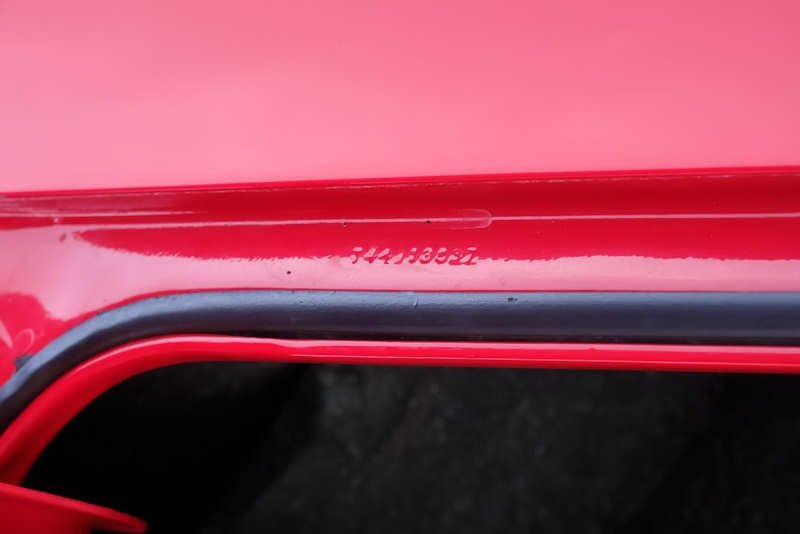
1970 Atlanta sport coupe, week 44, October 25-31, 1969.
© ChevelleWorld
![]() Mention you saw it on © ChevelleWorld and please give the site credit for the
information.
Mention you saw it on © ChevelleWorld and please give the site credit for the
information.
![]() Be sure to visit my ChevelleCD site for
Chevelle CDs, challenge coins, and other gifts for that Chevelle fan in your
family and my
Stickers & Calendars website for custom stickers and calendars with your
favorite car/pet/occasion.
Be sure to visit my ChevelleCD site for
Chevelle CDs, challenge coins, and other gifts for that Chevelle fan in your
family and my
Stickers & Calendars website for custom stickers and calendars with your
favorite car/pet/occasion.

 1964 Chevelle
1964 Chevelle 1965 Chevelle
1965 Chevelle 1966 Chevelle
1966 Chevelle 1967 Chevelle
1967 Chevelle 1968 Chevelle
1968 Chevelle 1969 Chevelle
1969 Chevelle 1970 Chevelle
1970 Chevelle 1971 Chevelle
1971 Chevelle 1972 Chevelle
1972 Chevelle


